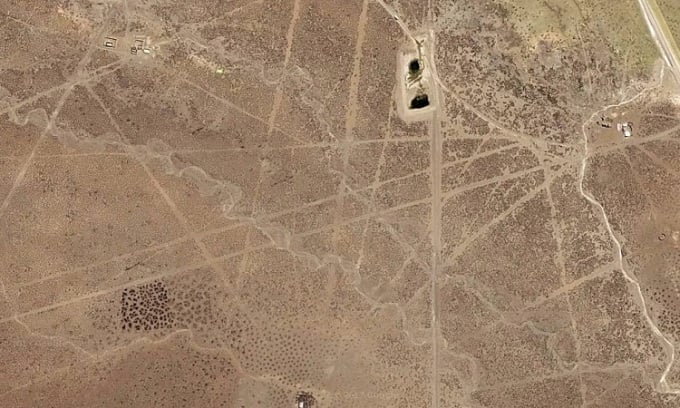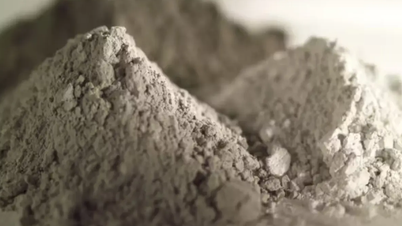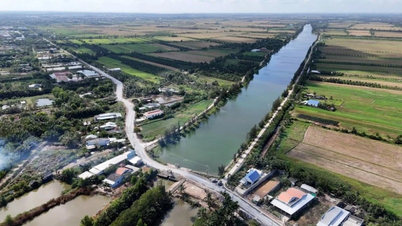The Sajama Lines are sometimes considered the world's largest works of art, but researchers have yet to find their creator.

Straight lines in the desert in Bolivia. Photo: Google Maps
Aerial observations of the western Bolivian desert reveal thousands of straight lines carved into the ground more than a thousand years ago. However, researchers still do not know exactly when and why they were created, according to IFL Science .
Named the Sajama Lines, these giant drawings lie in the shadow of the Nevado Sajama volcano, the highest peak in Bolivia, covering an area of 22,525 square kilometers, about 15 times the area of the Nazca Lines in neighboring Peru.
Thousands of lines run crisscrossing each other in a seemingly chaotic grid. Yet they are undoubtedly intentional. The interwoven lines stretch for a total of 16,000 kilometers. Because of their sheer size, the Sajama Lines are sometimes called the world’s largest work of art.
However, the main intention of the creators of the Sajama Lines may not have been artistic creation. Some archaeologists have argued that they were used as pathways to guide people to water, which was scarce in the area. Another theory is that they helped guide people on pilgrimages, as the network of lines is interspersed with a series of temples, cemeteries, and small settlements.
Each line, only a few meters wide, was created by scraping away dark, oxidized material from the ground to reveal the lighter surface underneath. The same method was used to create the Nazca lines, although these depict more figurative forms such as animals and plants rather than abstract shapes. Some scholars have speculated that the Sajama lines are related to the Nazca lines. It is possible that both were the product of similar civilizations that had close ties to each other.
According to a 2016 study, the creators of the Sajama lines were most likely the Carangas, who lived in this area south of the Andes between 1000 and 1476. Most scholars believe the lines originated around that time. However, their exact origin remains a mystery.
Researchers at the University of Pennsylvania are studying and mapping the Sajama Line with the goal of protecting sacred land from natural erosion and the impact of infrastructure development.
An Khang (According to Live Science )
Source link




































































































Comment (0)